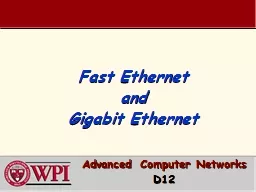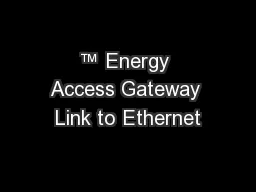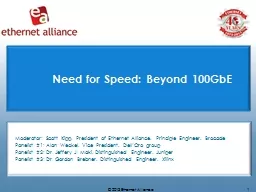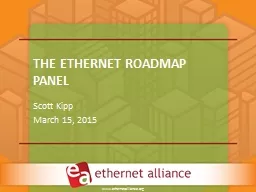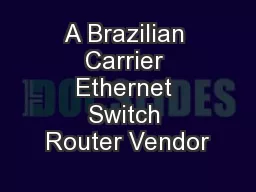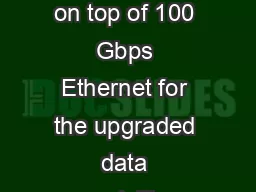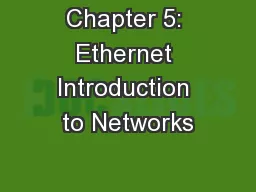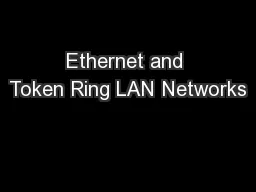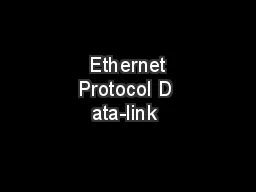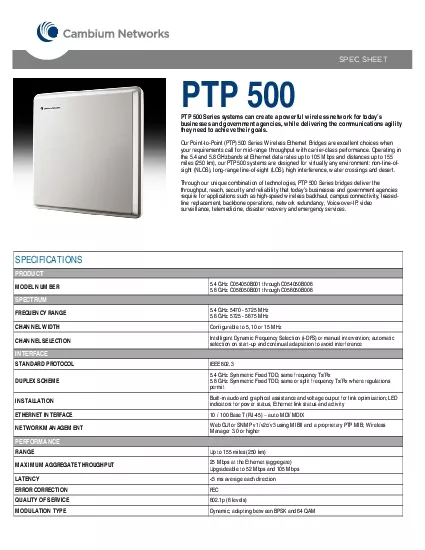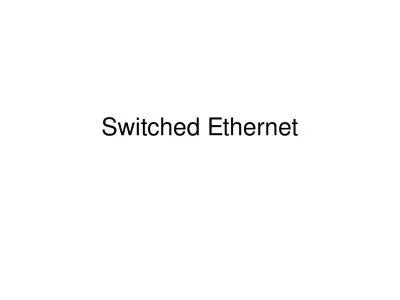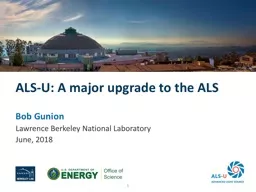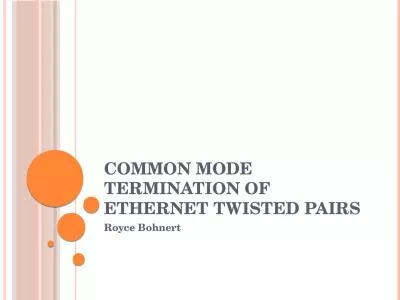PPT-Fast Ethernet
Author : cheryl-pisano | Published Date : 2016-10-15
and Gigabit Ethernet Advanced Computer Networks D 12 FastGigabit Ethernet Outline Fast Ethernet 100 BASE T4 8B6T encoding 100 BASE TX 100 BASE FX Collision domains
Presentation Embed Code
Download Presentation
Download Presentation The PPT/PDF document "Fast Ethernet" is the property of its rightful owner. Permission is granted to download and print the materials on this website for personal, non-commercial use only, and to display it on your personal computer provided you do not modify the materials and that you retain all copyright notices contained in the materials. By downloading content from our website, you accept the terms of this agreement.
Fast Ethernet: Transcript
Download Rules Of Document
"Fast Ethernet"The content belongs to its owner. You may download and print it for personal use, without modification, and keep all copyright notices. By downloading, you agree to these terms.
Related Documents

